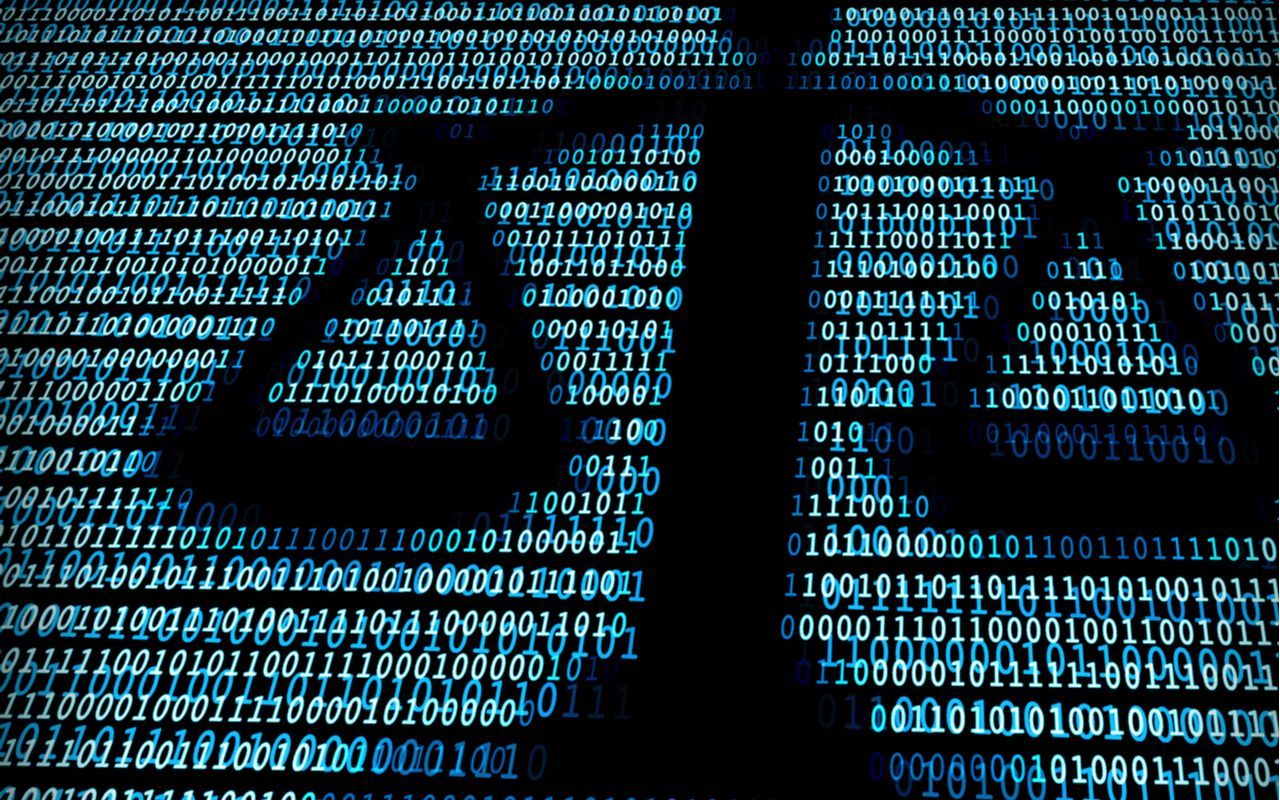As certain as death and taxes, documents will need to be exchanged in the event of a lawsuit. Here is what to expect and a few tips for reducing costs and protecting the case.
What Needs to Be Produced?
Discovery is broad, but proportional to the needs (i.e., usually the dollar value) of the case. Cost reports, bid back up and scheduling information are often at the heart of damages issues in construction disputes. Thus, while it will depend on the nature of the dispute, these items will generally need to be produced.
It is no secret that electronically stored information (ESI) can be a big part of discovery in litigation, particularly in a document intensive industry like construction. In addition to electronically stored project files, expect that the inboxes of employees who are close to the dispute will need to be searched. How many will depend on the size of the dispute and the number of players involved. Hard-drives and text messages of those employees may also be discoverable.
Cutting Down on Costs
Being mindful about discovery is key to cutting down on its costs. Talk to an attorney about what the company needs from the other side. If there are only a few players on the other side who are likely to have information, or if information from a specific time period is needed, it may make the most sense to, initially anyways, simply request the project file from the other side.
Be specific about these needs with the attorney. Doing so will help the attorney engineer targeted document requests to the other side and help cut down on the documents produced. This, in turn, will cut down on documents that the attorney needs to review and subsequent fees. In addition, by limiting the scope of discovery, the attorney can ask opposing counsel if they’d be interested in agreeing to limit the scope of the discovery, generally.
Litigation can be expensive, and both sides likely have an interest in cutting down on the time and cost of compiling and reviewing documentation. Lastly, when it comes time for the attorney to review ESI (both the company’s and the opposition’s), collaborate with the attorney on key search terms so that he or she can search the ESI (particularly emails) for pertinent information in a more targeted manner. Chances are, company management and even some employees will have a strong sense of what to look for and where to look for it, which can save on attorney’s fees.
Preserving Information Means Protecting the Case
Once information is subject to a litigation hold or litigation is anticipated, the information must not be deleted. The consequences of deleting information could be dire. This is not only because lost files might make it more difficult to prosecute or defend the case, but also because deletion of relevant information opens up the door for a court to sanction an offending party’s conduct by, among other things, giving the jury an “adverse instruction.” This means the judge will tell the jury it is entitled to assume that evidence was intentionally destroyed or it may limit the evidence that the company is allowed to produce on a particular topic. However paradoxical it may seem, a judge can do this even if he or she does not specifically find the destruction or loss of documents was intentional.
There are two key tools to protecting information and avoiding this result:
- Consult with IT and the attorney to put a document retention policy in place (or update the current policy); and
- Once the prospect of litigation arises, inform employees who are likely to have information relevant to the case of their obligation to preserve information, advising them not to delete anything pertaining to the matter at issue, including all electronic information and communications. The attorney likely has a stock preservation letter that can be distributed to key employees.







